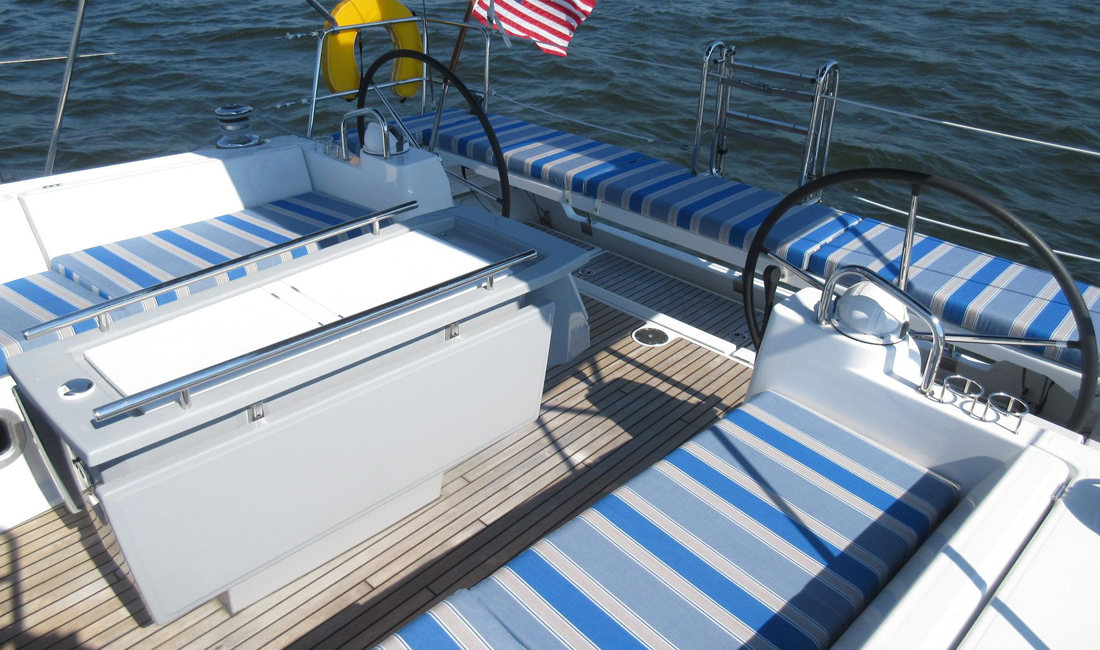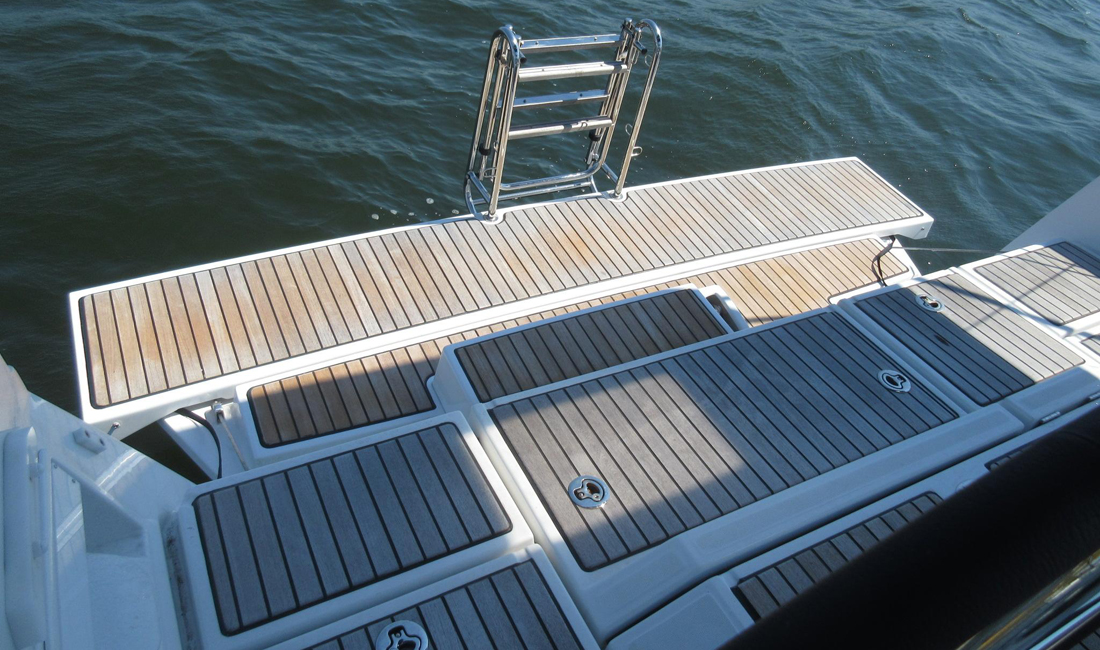- Alaskan Yachts
- Azimut Yachts
- Back Cove Yachts
- Beneteau Yachts
- Benetti Superyachts
- Bertram Yachts
- Boston Whaler
- Broward Yachts
- Buddy Davis Sportfish
- Burger Yachts
- Cabo Yachts
- Catamarans
- Carver Motoryachts
- Center Console
- Chris-Craft Yachts
- Cruisers Yachts
- DeFever Trawlers
- Dufour Sailboats
- Fairline Yachts
- Feadship Yachts
- Ferretti Yachts
- Formula Yachts
- Fountaine Pajot Cats
- Grady-White
- Grand Banks Trawlers
- Hargrave Yachts
- Hatteras Yachts
- Hinckley Picnic Boats
- Horizon Yachts
- Hydra-Sports
- Intrepid Boats
- Jarrett Bay Sportfish
- Jeanneau Yachts
- Kadey-Krogen Trawlers
- Lazzara Yachts
- Luhrs Sportfish
- Marlow Yachts
- Maritimo Yachts
- Marquis Yachts
- McKinna Motoryachts
- Meridian Yachts
- Midnight Express
- MJM Yachts
- Mochi Craft
- Neptunus Motoryachts
- Nordhavn Trawlers
- Nordic Tugs
- Ocean Alexander Yachts
- Offshore Yachts
- Outer Reef
- Oyster Sailing Yachts
- Pacific Mariner Yachts
- Palmer Johnson Yachts
- Pershing Yachts
Beneteau Oceanis 41 Test Sail Walkthrough Video
January 6, 2017 2:44 pm
Join us as BoatTest.com takes a test sail of the 2014 Beneteau Oceanis 41:
The following opinions are solely those of BoatTest.com and its test captain. Hi, Capt. John here from Boattest.com. You know about a week or so ago I was walking down the dock and a brand-new sailboat caught my eye. It was Beneteau’s Oceanis 41.
Not only is this boat designed for bow to stern to appeal to a wide range of sailors, but it’s also set up to be sailed simply by a couple or even single-handed. Come up onboard as we go for a test sail and a close-up look at Beneteau Oceanis 41.
This was my first time on the boat, which made a good test of how intuitive and practical the Oceanis 41 is. I look forward to seeing how fast this boat would go under sail and what it would be like to sail her alone.

Most of the sailors I know worry about two things: docking and heavy weather. I found out about the docking part right away as I use the boat’s dock-and-go joystick to get out of the slip and the marina. As can be seen, there were no fire drills. I’ll talk about heavy weather in a moment.
Probably the most important part of any sailboat is beneath the waterline and the Oceanis 41 has what Beneteau calls – a new generation hall. The boat is unusual in that she can be built with either a deep draft keel or with a shallow draft keel.
Our test boat was the shallow draft version. The runner is a deep high aspect ratio spade design. The faring in front of the prop reduces shaft and struck turbulence and her bottom shape is shallow and beaming.
Before we get into sail evolutions, let me go over 5 aspects of the Oceanus 41 which I think are most important. First, the main sail boom is over 7 feet off the cockpit deck which means no one will ever be hit by it in an unexpected jibe.

By putting the mainsheet blocks on the high fiber glass arch, the cockpit is kept clean and open. As you can see the mainsheet leads to an arch overhead for safety. A mainsail controls are all the two inches forward in the cockpit.
Second, this boat has what I would call a modern cutter rig which is to say that its mast is farther aft and it would be in a sloop rig and its sail plan is evenly divided between the headsail and the mainsail. They’re almost exactly equal which makes sail handling easier and balances the boat. It also allows a good-sized optional roller furling staysail to be used in heavy weather.
Third, this boat has the optional roller furling mainsail which can be reefed without anyone having to leave the cockpit to wrestle with the sail and reef points. Again, it makes shortening sail easy and safe in heavy weather.
Fourth, the helm seat is one continuous bench from the port wheel to the starboard one which allows easy movement for the skipper from side to side. When anchored, with the push of a button, the seat and transom lower making a teak beach and one of the coolest swim platforms on any sailboat.

Fifth, the 41 has a 13 foot 9-inch beam, which is carried well aft. Not only does that provide a lot of room below and create form stability, it also allows the cockpit to be huge. Having an autopilot is like having another crew member.
I headed the boat into the wind, set the autopilot, move to the coat roof and unfurled the mainsail with the self-tailing winch. It took me about one minute. Setting the headsail was almost effortless, thanks to roller furling in the self-tailing winch.
When we wanted to crack off on a reach, it was just a matter of setting a new course engaging the autopilot, walking forward to ease the mainsheet, then settling down at the helm to maximize speed and tweak the headsail.
Tacking single-handed was all done in one fluid motion. Throwing off the sheet, steering through the eye of the wind, walking to lured and bringing home the new working sheet. Because the boat is so well-balanced and because the cockpit is so open, I was able to tack the Oceanis 41 repeatedly without even breaking a sweat.

As you can see on the test day, the breeze was light and variable; ranging from 7 to 13 knots true. On the wind and 9 knots of breeze, we were making 5 knots with apparent wind angle of 29 degrees. When the breeze piped up to 12 knots, we recorded over 6 knots of boat speed at 35 degrees apparent.
We hit 7.4 knots on a close reach and dropped to just over 5 knots as we began to put the wind behind us. We didn’t heel much in these light winds but keep in mind that the Oceanis 41 is designed to sail with less than 15 degrees of heel in all conditions, even in heavy weather, that’s what makes her so comfortable for the whole family.
When it was time to head home, I first started the engine, put the boat head to wind, switched on the autopilot and furl the headsail. Then I moved forward in the cockpit to furl the mainsail into the mast. This wasn’t quite as easy as unfurling but the self-tailing winch and low gear did the job.
Back in the marina, I once again use Beneteau’s dock-and-go joystick to back the boat in as easy as you please. All Beneteau over 40 feet offer the dock-and-go as an option. I can see why.
So that’s our look at Beneteau’s Oceanis 41. For BoatTest.com, I’m Capt. John Wenz.






